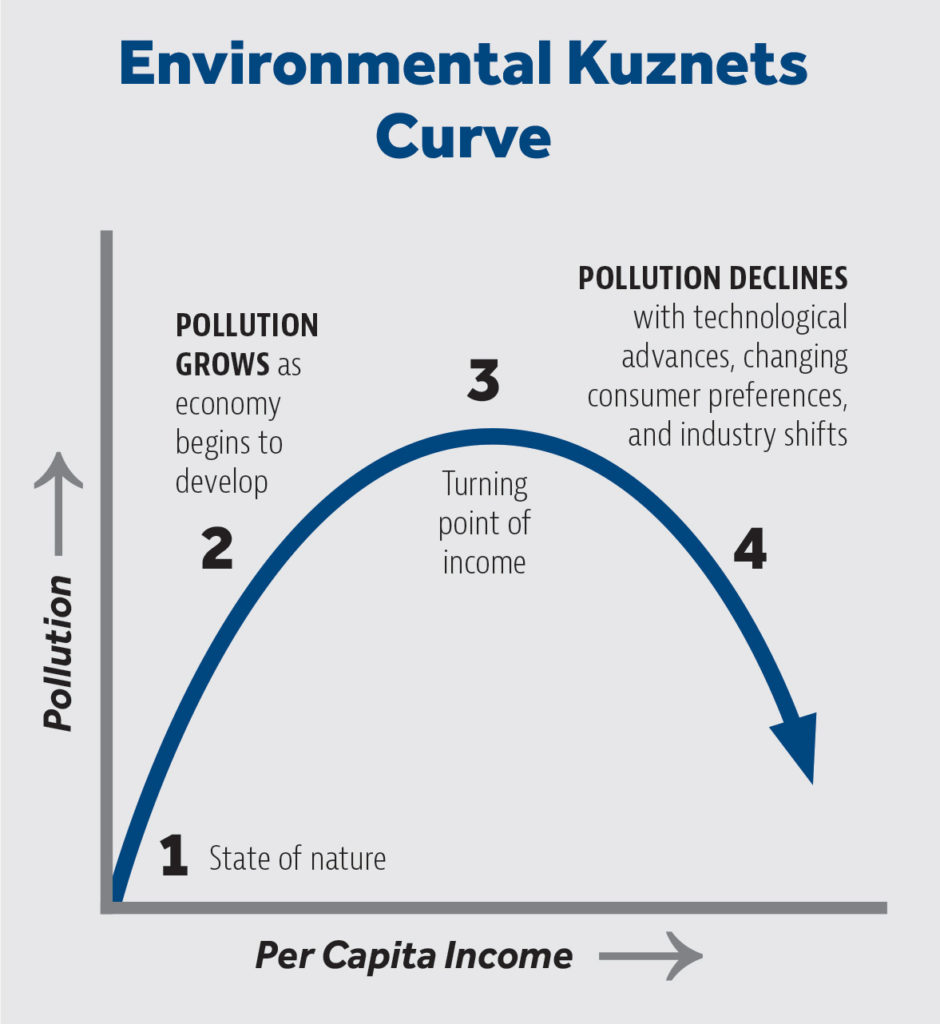Here are some things most people never hear about because it completely destroys any rational for forcing massively expensive changes (such as $369 billion to fight “climate change” in the “Inflation Reduction Act”) on American taxpayers and worse, their quality of life:
- The United States has been cutting CO2 emissions. Anyone only familiar with the apocalyptic rhetoric from media, politicians, academics, and environmentalists would think otherwise.
- Not only that, but the U.S. has been the world leader in cutting CO2 emissions, and we have been for nearly two decades. According to the BP Statistical Review of World Energy 2022, the U.S. since 2005 has reduced the volume of its CO2 emissions by over a billion tons (1,015 million tons).
- Not only that, but no other country even comes close to the U.S. in cutting CO2 emissions. The combined nations comprising the European Union come closest, reducing their combined CO2 emissions by 978.3 million tons.
The U.S. has cut more CO2 emissions than any other nation, but China has increased its CO2 emissions by five times the amount cut by the U.S.
- Not only that, but the rest of the world has continued to increase CO2 emissions. Emissions across Africa (351.4 million tons), the Middle East (956.0), and South and Central America (148.3) have all increased.
- Not only that, but those higher-emissions continents are adding a fraction of the increased volume of CO2emissions by China and India. Since 2005, per BP, China’s volume of CO2 emissions has increased by 5,177.8 million tons. India’s CO2 emissions increased by 1,478.5 million tons.
To reiterate, the U.S. has cut more CO2 emissions than any other nation, but China has increased its CO2 emissions by five times the amount cut by the U.S.
Market freedom, not government mandates, lead to cleaner environments
While the Biden administration forces over a third of a trillion dollars in new spending — in the midst of the worst inflationary cycle in almost half a decade, as if the president felt personally obligated to be even more foolhardy — China continues to expand its coal-fired electricity generating capacity by leaps and bounds, quickly obliterating any possible, conceptual benefit the U.S. could expect from all that spending.
One last thing: the reason CO2 emissions have been reduced so much in the U.S. vs. the rest of the world is not renewable energy mandates. It’s not what the Biden administration wants to force at enormous cost. It’s the byproduct of relative market freedom, property rights, and the restless entrepreneurial spirit. Market forces — technological change, consumer preferences, a growing service sector, and the shift to natural gas from coal thanks to fracking — are responsible. Renewable energy contributes so little to energy production (despite their rated capacities) as to be negligible.
“As wealth increases, one of the goods that people are prepared to buy is a cleaner environment.” — Julian Simon
Here are the ways those things contribute to reducing CO2 emissions by voluntary choices, rather than expensive government mandates:
- Technological change drives ever more efficient use of resources
- Consumer preferences favor less “carbon-intensive” goods and services
- An expanding service sector also results in lower emissions than manufacturing
- The fracking revolution made clean-burning natural gas more price-competitive with coal, and electric utilities have increasingly opted for gas as a fuel source (the other, even more efficient source of baseload electricity generation is nuclear, which has zero emissions)
What has happened was basically predicted by the late economist Julian Simon. He said the following in writing about pollution trends: “As wealth increases, one of the goods that people are prepared to buy is a cleaner environment.”
I explained in the report linked under “Market forces”:
Economists use something called the Environmental Kuznets Curve to describe this relationship. Initially developing economies necessarily produce greater pollution than the pre-existing state of nature. When societal wealth, life expectancies, and productivity reach a certain point, however, people begin valuing cleaner environments, while technological advances and post-development shifts in industry produce cleaner and more efficient outcomes.



